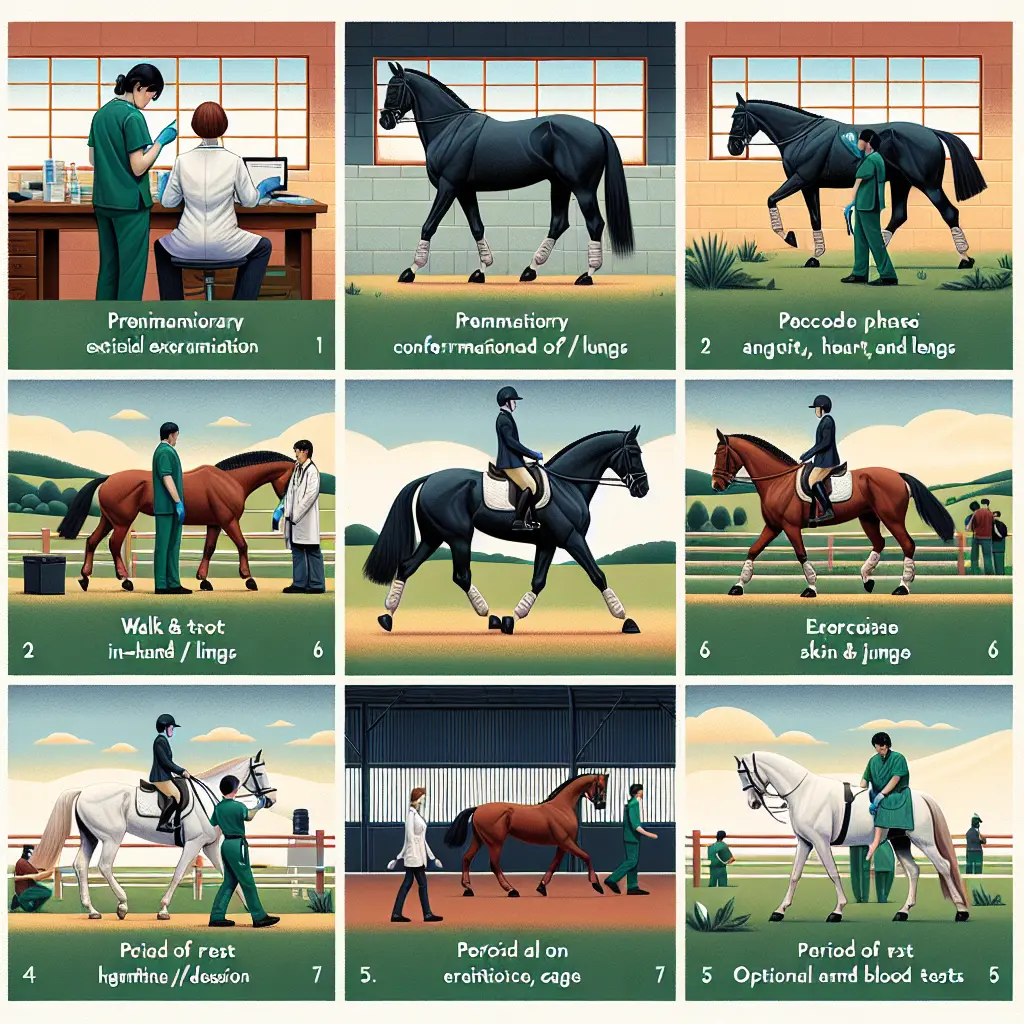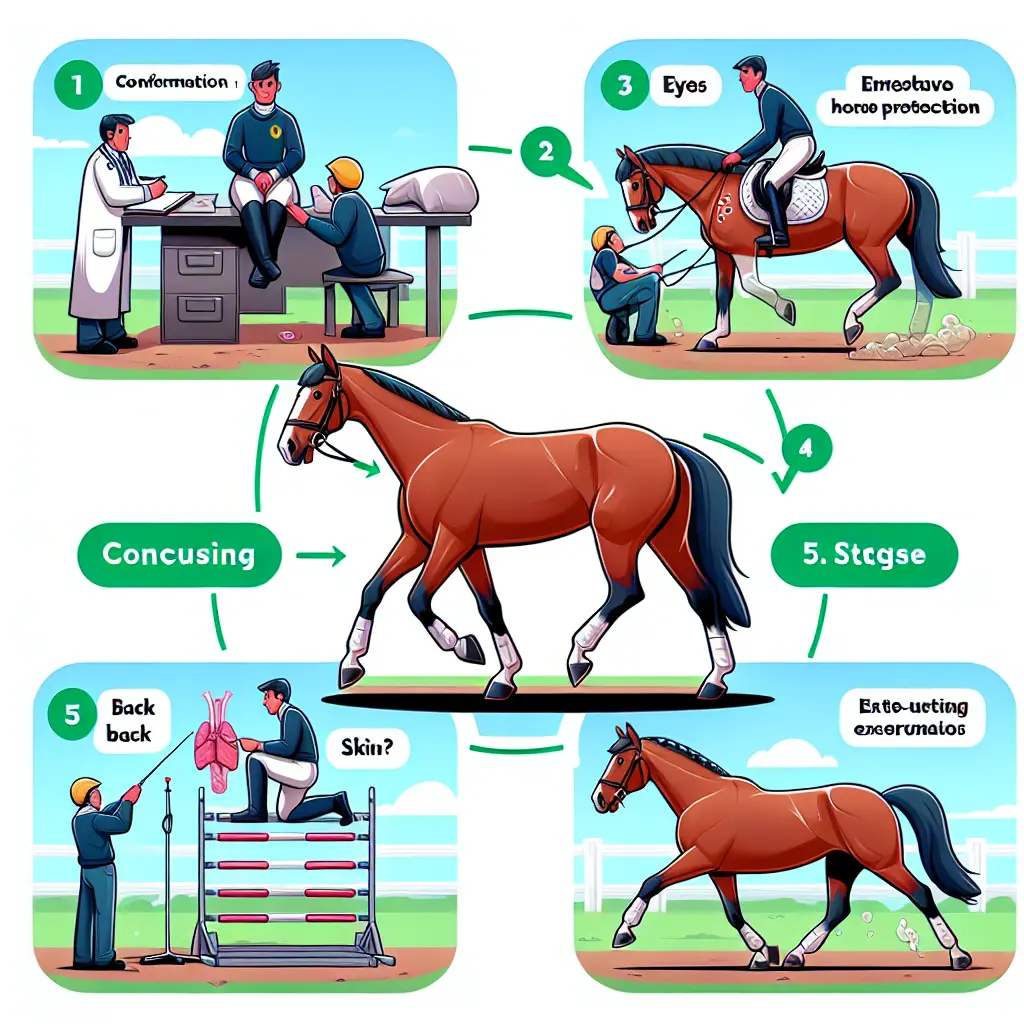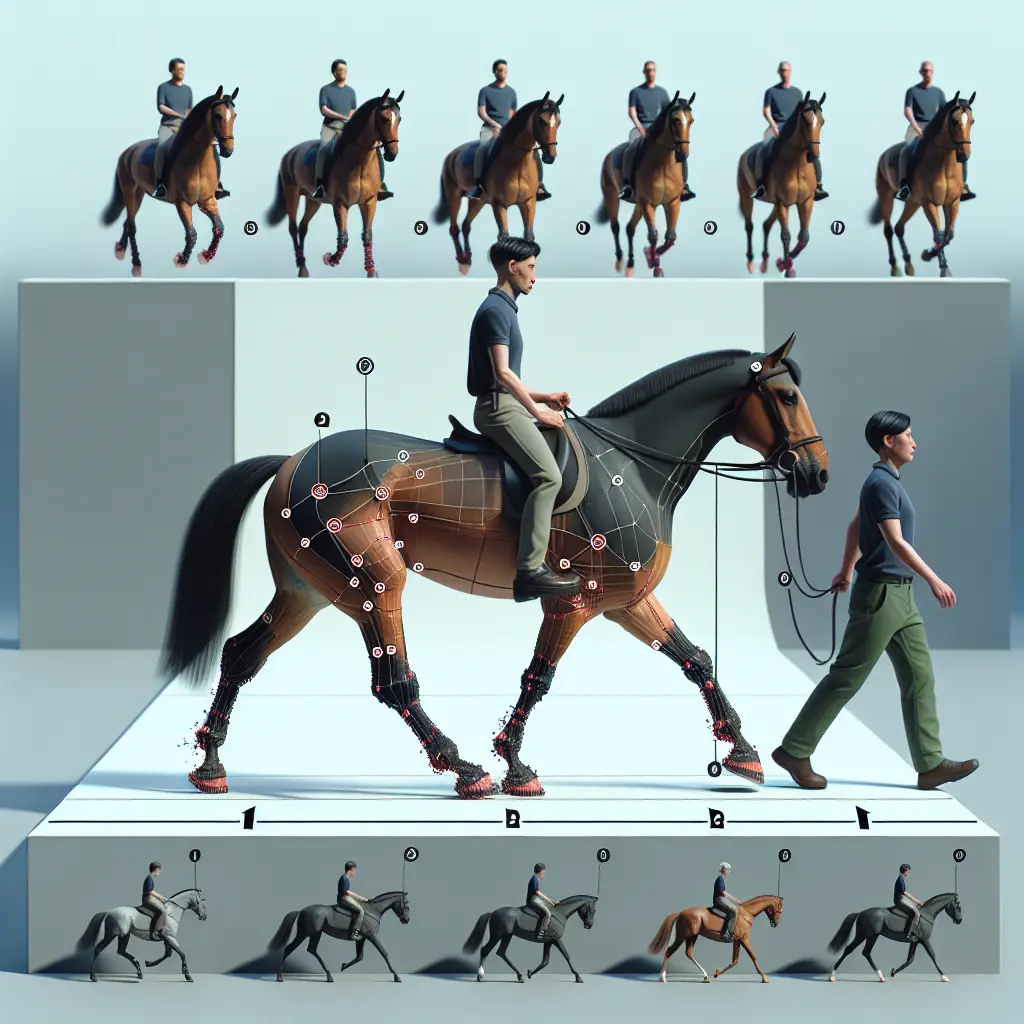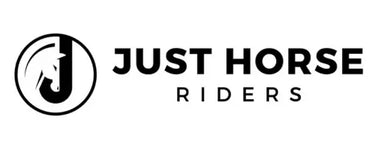Is a 5-Star Vetting Essential When Horse Shopping?
The journey of acquiring a new horse is both exhilarating and daunting. Among the myriad of decisions to make, the pre-purchase veterinary examination, better known as “vetting,” stands out as a crucial step. Here, we delve deep into what a 5-stage vetting entails, its importance, and whether it’s a necessity when you’re on the lookout for a new equine companion.

What is a 5-Stage Vetting?
A 5-stage vetting is a detailed clinical examination conducted to assess if a horse has any pre-existing health conditions that might hinder its ability to perform as expected. Let’s break down each stage:
Stage 1: Preliminary Examination
At the outset, the vet conducts a thorough external examination of the horse at rest. This step involves checking the horse's conformation, listening to its heart and lungs, and examining its eyes in a dimly lit stable. Limbs, back, skin, and teeth are also inspected for any signs of injury or abnormality. [Source]
Stage 2: Walk and Trot in-Hand
The horse is walked and trotted on a solid, level surface during this stage to spot any gait irregularities or lameness. Flexion tests on all limbs and trotting in circles may help spotlight any latent lameness.

Stage 3: Exercise Phase
Next, the horse is put through its paces, usually ridden to assess its performance under exertion. The vet examines the horse's gait across walk, trot, canter, and sometimes jumps, identifying potential issues during intense activity. [Source]
Stage 4: Rest Period
This is a 20-30 minute rest to allow cardiovascular and respiratory systems to recuperate. Monitoring these levels ensures they return to baseline. A blood sample may also be stored for future testing.
Stage 5: Final Trot-Up
The horse is trotted again, in-hand, to check for any indications of strain or injury post-exercise and rest. If necessary, flexion tests may be repeated. [Source]

Why is a 5-Stage Vetting Important?
Why opt for the comprehensive 5-stage vetting over the simpler 2-stage version? Here are a few compelling reasons:
Comprehensive Health Assessment
5-stage vetting covers both rest and exertion evaluations, offering a more complete health picture than its 2-stage counterpart.
Financial Protection
While initially costlier, a 5-stage vetting can save future expenses by preemptively identifying health issues, preventing unforeseen vet bills. [Source]
Meets Insurance Requirements
Higher-value horses often require a 5-stage vetting for insurance purposes, ensuring thorough health checks before coverage is provided.

Tailored to Specific Needs
The vetting process is customized according to the horse's intended use. For example, competition horses undergo more rigorous evaluations compared to casual riding horses.
Is a 5-Stage Vetting Essential?
The 5-stage vetting isn’t just a recommendation—it’s a critical step. Here’s why it’s often the better choice over the 2-stage vetting:
Detailed Health Insight
By including intense exercise assessments, 5-stage vetting helps identify issues that might not be visible when the horse is at rest.
Peace of Mind
A comprehensive vetting offers peace of mind, ensuring informed decisions and minimizing health-related surprises post-purchase. [Source]
Non-Transferable Certificates
Remember, vetting certificates are unique to each buyer and intended use, which makes ordering your own vetting essential.
Conclusion
When horse shopping, a 5-stage vetting emerges as an absolute necessity. While it may seem costly or time-consuming initially, it provides invaluable long-term benefits. It affords financial protection, peace of mind, and a clear picture of your prospective partner’s health and suitability.
In conclusion, if you’re serious about bringing the right horse into your life, investing in a 5-stage vetting is a decision bound to prove its worth over time.
For your Jodhpur, Boots, Gloves, Socks, or any horse Treats and Gifts, remember to check us out at Just Horse Riders!


